Learning Hub
Everything you need to know about personal training, health and fitness.

How Much Does DynamicRecov Cost?
We understand how hard is can be to decide which personal trainer will best suit you and fits your budget.
That is why at DynamicRecov we believe our prices need to be explained in some detail, to help you make the right...

A Complete Guide On Personal Training Pricing
One of the biggest questions we get asked from you is what is the price of such a stellar service?
Only joking I would never say we are the best however we do our best to try and we do this by consistently asking for...
What Does DynamicRecov do?
What does DynamicRecov offer? Are we the right fit to help you achieve your fitness goals?
Watch our video
DynamicRecov's Blog
An educational blog where you can elevate your knowledge on health and fitness, gain knowledge when deciding if personal training is right for you and get the latest tips on how to maximise your performace.
Read Our Blogs For More
An educational blog where you can elevate your knowledge on health and fitness, gain knowledge when deciding if personal training is right for you and get the latest tips on how to maximise your performace.
All Posts
Nutrition
Cost and Pricing
Habits and Mindset
Injury Prevention and Management
Personal Training
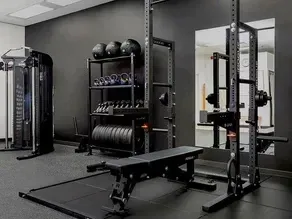
Mobile Personal Trainer vs Gym Personal Trainer..
Introduction I have been asked this question a lot in my history as a mobile personal trainer...
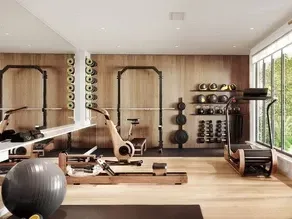
The Problems with Working Out from Home with a Mobile...
The Challenges of Home Workouts As a mobile personal trainer myself I would never say..

Should You Get a Personal Trainer or Nutritionist?
Understanding Your Health Dilemma Embarking on a journey to improve your health...

Why Mobile Personal Training Might Be Best for You
Understanding Your Fitness Journey Everyone has a different road, a different...

10 Reasons Why You Need a Mobile Personal Trainer
Let me start this blog with a little story... During my time at uni in my second year I was....

WHY YOU SHOULD LIMIT YOUR SCREEN TIME
As I sit here behind the screen writing up these blogs and providing you with quality..

CREATING NEW HEALTHY HABITS
If you have not already done this I would urge you to read this book written by James..

RICECAKE RECIPES
Thought I would spice things up today and share with you a recipe for one of my favourite...

HOW TO SET UP YOUR NUTRITION FOR SUCCESS
Setting up your week for success can look very different for a lot of people. Maybe you..

ELBOW INJURY STORYTIME
Let us start this one off with a little story... I was in Greece and if you have any recollection or...

BRUSH YOUR TEETH WITH YOUR LEFT HAND
Bit of a different blog today but let me teach you something out of the ordinary today... Brush...
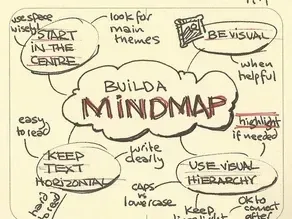
BRAINSTORM YOUR IDEAL LIFE
You hit a roadblock, do not know where you are going at work, in life or maybe you are..

WHAT IS A CALORIE?
Do you even know what a calorie deficit even is? If you follow any fitness influencer,...

HOW TO EAT 'HEALTHY'
How do you create a plate that is customised for your specific goal everyday? This is tough...

THROW IN THE KITCHEN SINK WITH TRAINING?
One thing I have noticed about the fitness industry in recent years is people either going all...

Mastering the Perfect Deadlift Form: A Comprehensive Guide
Mastering the Perfect Deadlift Form: A Comprehensive Guide
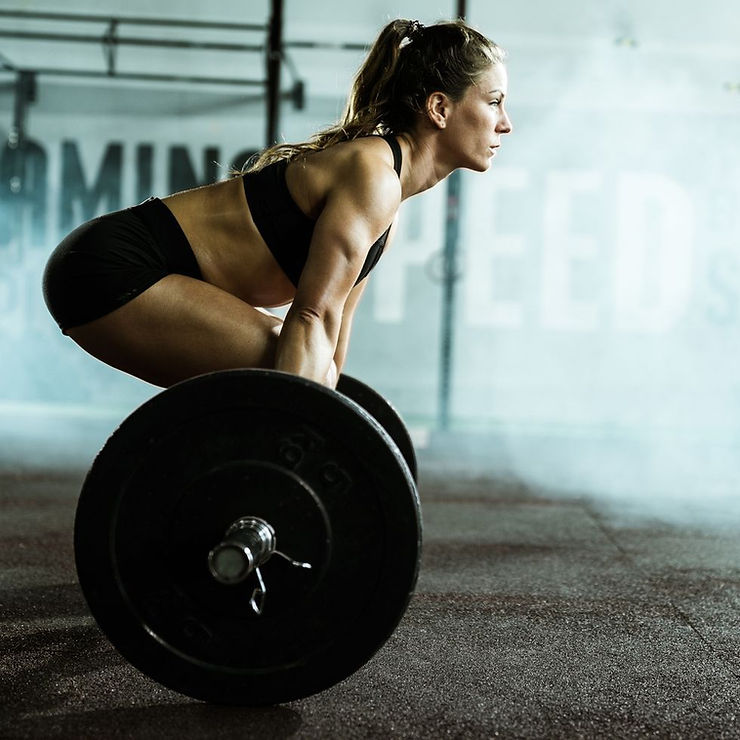
Learn how to perform the correct deadlift form and maximise your gains while minimising the risk of injury. Our expert guide provides step-by-step instructions and valuable tips for mastering this fundamental exercise.
Introduction
Mastering the correct form of the deadlift is crucial for achieving optimal results in your strength training journey. Whether you're a beginner or an experienced lifter, understanding the proper technique will not only help you maximise gains but also minimise the risk of injury.
In this comprehensive guide, we will provide you with step-by-step instructions and valuable tips to ensure you perform the deadlift with precision. By following our expert advice, you'll be able to build a solid foundation and confidently progress towards lifting heavier weights. Get ready to unlock the secrets of the correct deadlift form and take your fitness game to new heights.
Section 1: Understanding the Deadlift
Benefits of the Deadlift
The deadlift offers a myriad of benefits that extend beyond simply building strength. By regularly performing deadlifts with proper form, you can enhance your overall athletic performance and functional movement patterns. This exercise promotes full-body coordination and stability, as it requires the engagement of multiple muscle groups working in synergy.
Additionally, deadlifts are known to increase bone density and improve posture, helping to prevent injuries and promote long-term joint health. Furthermore, the deadlift is a compound exercise that stimulates the release of growth hormone, leading to muscle growth and improved fat burning. Understanding these benefits will motivate you to prioritise the correct deadlift form and make it an integral part of your fitness routine.
Muscle Groups Targeted
The deadlift is renowned for its ability to target and strengthen several major muscle groups. One of the primary muscle groups engaged during the deadlift is the posterior chain, which includes the hamstrings, glutes, and erector spinae muscles of the lower back. These muscles play a crucial role in maintaining proper posture, supporting the spine, and generating power during various physical activities.
Additionally, the deadlift also activates the quadriceps, calves, core muscles, upper back, and forearms, creating a comprehensive full-body workout. By incorporating deadlifts into your training regimen, you can achieve a well-rounded muscular development and improve your overall functional strength.
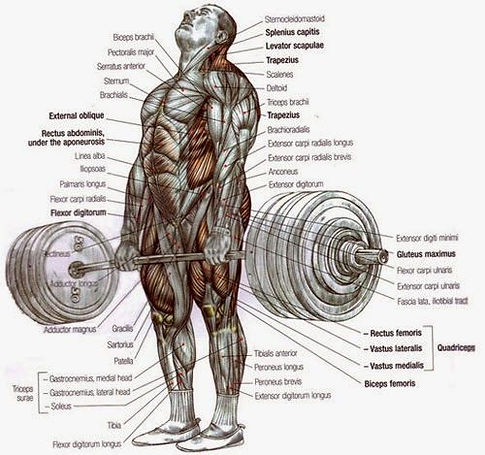
Section 2: Set Up for Success
Stance and Grip
To perform the deadlift with correct form, start by positioning your feet shoulder-width apart or slightly wider. Point your toes slightly outward to allow for optimal hip and knee alignment during the movement. As for the grip, there are various options such as the double overhand grip, mixed grip (one palm facing up, the other facing down), or using straps if needed. Experiment with different grip variations to find the one that feels most comfortable and secure for you.
Starting Position
Begin by standing with the barbell or weight in front of you. Bend at the hips and knees, ensuring your back remains straight and neutral. Lower your body until your hands can grasp the bar, just outside your knees. Keep your arms extended, chest lifted, and shoulders pulled back. This starting position sets the foundation for a strong and stable deadlift.
Maintaining a Neutral Spine
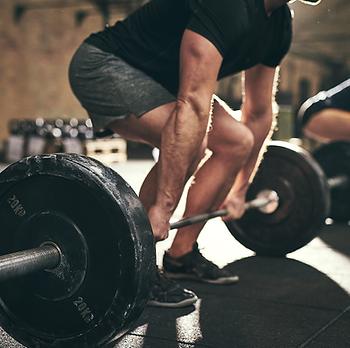
Throughout the deadlift movement, it's crucial to maintain a neutral spine. Avoid rounding or excessive arching of the back, as this can increase the risk of injury. Engage your core muscles and imagine a straight line extending from the top of your head to your tailbone. This alignment will help distribute the load evenly and protect your spine.
Engaging the Core
A strong and engaged core is essential for maintaining stability and transferring power during the deadlift. Before initiating the lift, take a deep breath and brace your abdominal muscles. This bracing action creates intra-abdominal pressure, adding stability and support to your spine. Focus on keeping your core tight throughout the entire movement.
Foot Positioning for Balance and Power
Position your feet in a way that provides both balance and optimal power output. While there is no one-size-fits-all foot position, a common technique is to align the middle of your foot with the barbell. This allows for a balanced distribution of weight and promotes a powerful drive from your legs and hips. Experiment with foot positioning to find what feels most stable and powerful for you.
Section 3: The Pulling Technique
Phases of the Deadlift
The deadlift can be broken down into distinct phases to ensure proper execution. The first phase is the initial pull, where you drive through your legs and hips, pushing the ground away while keeping your back straight. As the barbell passes your knees, you enter the lockout phase, where you extend your hips fully and bring your shoulders back, achieving a standing position. Finally, in the descent phase, you carefully lower the barbell back to the starting position while maintaining control and proper form.
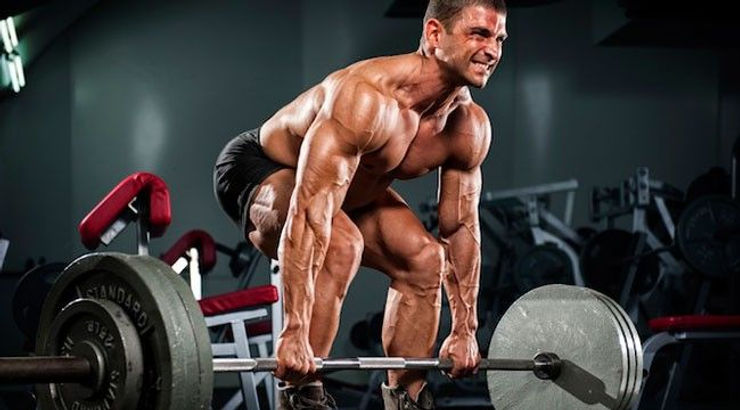
Generating Power from Legs and Hips
To maximise the deadlift's effectiveness, focus on generating power from your legs and hips. As you initiate the lift, push through your heels and drive your hips forward, using the powerful muscles of your lower body. This leg drive will allow you to generate momentum and lift heavier weights while maintaining proper form.
Engaging Back Muscles
While the deadlift primarily targets the lower body, it also engages the muscles of your upper back. As you lift the barbell, consciously squeeze your shoulder blades together, engaging your rhomboids and traps. This engagement not only helps stabilise your spine but also contributes to a strong and controlled movement.
Maintaining Proper Alignment
Throughout the entire deadlift, maintaining proper alignment is crucial. Your back should remain straight and neutral, avoiding excessive rounding or arching. Keep your chest lifted and your shoulders pulled back, promoting a strong and stable upper body position. Additionally, make sure your knees track in line with your toes and that the barbell moves in a vertical path, avoiding any lateral deviations.
Remember, practicing proper pulling technique is key to mastering the deadlift and reaping its full benefits. Focus on each phase of the movement, engage the right muscles, and prioritise maintaining alignment and control.
Section 4: Common Mistakes to Avoid
One of the most common mistakes in the deadlift is rounding the back. This can lead to increased stress on the spine and a higher risk of injury. Avoid rounding by focusing on keeping your back straight and neutral throughout the movement. Engage your core, maintain proper alignment, and lift with controlled form rather than sacrificing it for heavier weights.
Improper Foot Positioning
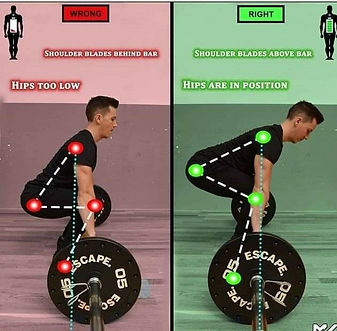
Foot positioning plays a crucial role in maintaining balance and generating power during the deadlift. One common mistake is allowing the weight to shift too far forward or backward on your feet. To avoid this, ensure that your weight is evenly distributed throughout your foot, with a slight emphasis on the heels. This will provide a solid foundation and improve your overall stability during the lift.
Other Technique Flaws to Watch Out For
While there are many nuances to proper deadlift form, it's important to be aware of other potential technique flaws. Some common ones include using excessive momentum or jerking motions, relying too much on the lower back instead of leg drive, and not fully locking out at the top of the movement. Pay attention to these aspects and strive for smooth and controlled execution, focusing on engaging the appropriate muscles throughout the lift.
By being mindful of these common mistakes and actively working to correct them, you can significantly improve your deadlift form. Practicing with proper technique will not only enhance your performance but also reduce the risk of injury, allowing you to progress and achieve your fitness goals safely and effectively.
Section 5: Injury Prevention and Safety Tips
Importance of Warm-up Routines
Prior to performing deadlifts, it's crucial to warm up properly to prepare your muscles and joints for the upcoming exertion. Incorporate dynamic stretches and exercises that target the muscles involved in the deadlift, such as hip flexors, hamstrings, and lower back. This will increase blood flow, improve flexibility, and reduce the risk of strains or pulls.
Using Appropriate Weights
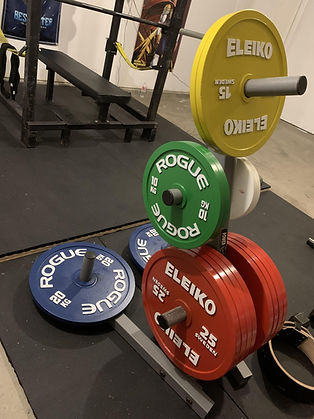
Selecting the right weights for your deadlift is essential for maintaining proper form and preventing injuries. Start with a weight that allows you to perform the movement with good technique. As you gain strength and confidence, gradually increase the load. Avoid the temptation to lift excessively heavy weights if it compromises your form, as this can lead to unnecessary strain on your muscles and joints.
Listening to Your Body's Signals
Pay attention to your body's feedback during the deadlift. If you experience sharp pain or discomfort, stop immediately and assess the situation. Pain can be an indication of improper form or potential injury. Adjust your technique, decrease the weight, or seek guidance from a qualified fitness professional to ensure you're performing the exercise correctly and safely.
Incorporating Rest Days for Recovery
Rest and recovery are crucial components of any effective training program, including deadlifts. Allow your body adequate time to recover and repair between deadlift sessions. This will help prevent overuse injuries and promote optimal muscle growth. Incorporate rest days or alternate between different muscle groups to give your body the time it needs to recuperate and come back stronger.
By prioritising injury prevention and safety, you can ensure a sustainable and successful deadlift training journey. Implement proper warm-up routines, use appropriate weights, listen to your body, and give yourself sufficient time to recover. These practices will not only protect you from potential injuries but also contribute to long-term progress and overall fitness.
Section 6: Progression and Variations
Introducing Variations to Challenge Muscles
Once you have mastered the correct deadlift form, it's time to introduce variations to continually challenge your muscles and stimulate further growth. Variations such as deficit deadlifts, where you stand on a platform to increase the range of motion, or trap bar deadlifts, which offer a different grip and body position, can provide new stimuli for your muscles. Incorporating these variations into your training routine can help break through plateaus and keep your workouts exciting.
Different Deadlift Variations
Aside from deficit and trap bar deadlifts, there are several other deadlift variations you can explore. Sumo deadlifts, where your feet are placed wider apart and hands positioned inside the legs, emphasise the use of the hips and inner thighs. Romanian deadlifts focus more on the eccentric phase, targeting the hamstrings and glutes. Each variation places a unique demand on your muscles, allowing for well-rounded development and continued progress.
Targeting Specific Muscle Groups
Certain deadlift variations can place greater emphasis on specific muscle groups. For example, the conventional deadlift primarily targets the hamstrings, glutes, and lower back, whereas the sumo deadlift shifts the focus towards the quads and inner thighs. By incorporating different deadlift variations into your training routine, you can strategically target specific muscle groups and create a more balanced physique. Experiment with various variations to find the ones that suit your goals and challenge your muscles effectively.
Adding progression and variation to your deadlift routine not only keeps your workouts interesting but also promotes continuous muscle growth and strength gains. Explore different deadlift variations, target specific muscle groups, and challenge yourself with new techniques. By doing so, you'll not only improve your deadlift performance but also enhance your overall fitness level.
Conclusion
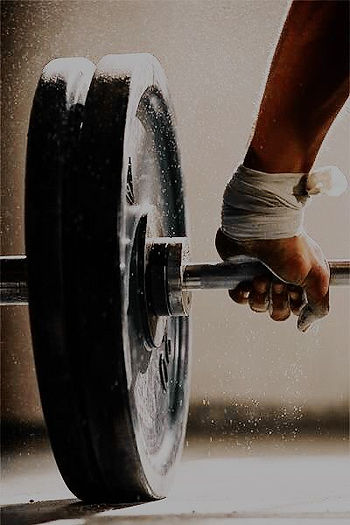
Recap of the Importance of Correct Form
Mastering the correct form in the deadlift is paramount to ensure safety, maximise results, and prevent injuries. Throughout this guide, we have emphasised the significance of maintaining a neutral spine, engaging the right muscles, and executing each phase of the movement with precision. By prioritising proper form, you set a solid foundation for success in your deadlift training.
Encouragement to Practice and Improve
Remember, developing correct deadlift form is a journey that requires practice and patience. It's normal to encounter challenges along the way, but don't get discouraged. Consistency and perseverance are key. Take the time to perfect your technique, progressively increase the weight, and focus on incremental improvements. With dedication and effort, you'll continue to refine your deadlift form and reap the rewards of your hard work.
Final Thoughts and Motivation
The deadlift is a powerful exercise that can transform your strength and physique. By mastering the correct form, you unlock its full potential and pave the way for remarkable progress. However, always prioritise safety and listen to your body. If you're uncertain about any aspect of the deadlift, seek guidance from a qualified fitness professional. Stay committed, be mindful of your technique, and enjoy the journey of improving your deadlift form while building a stronger and more resilient body.
Remember, the correct deadlift form is the key to unlocking your potential and achieving outstanding results. Now, it's time to put your knowledge into action and embrace the transformative power of the deadlift.

